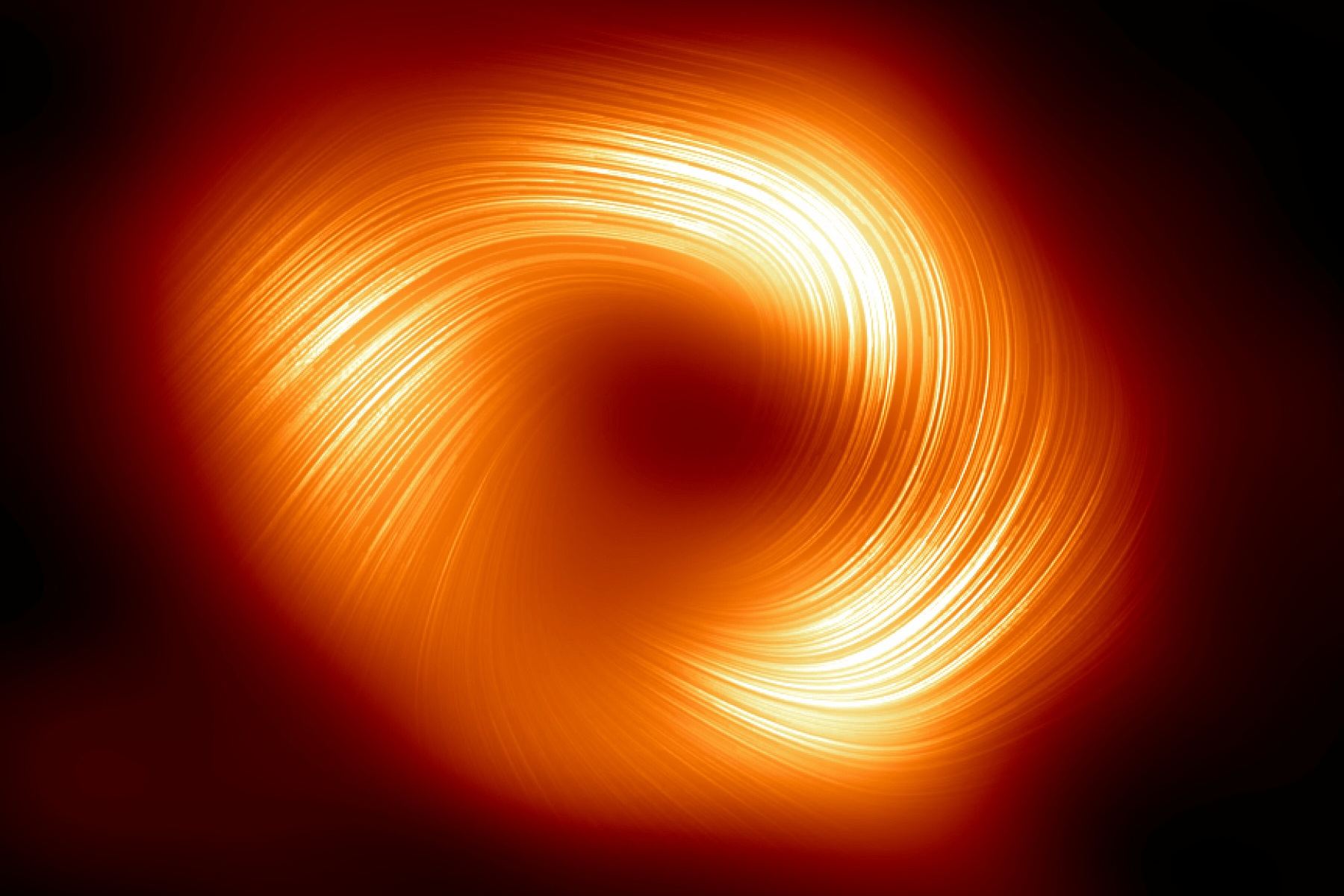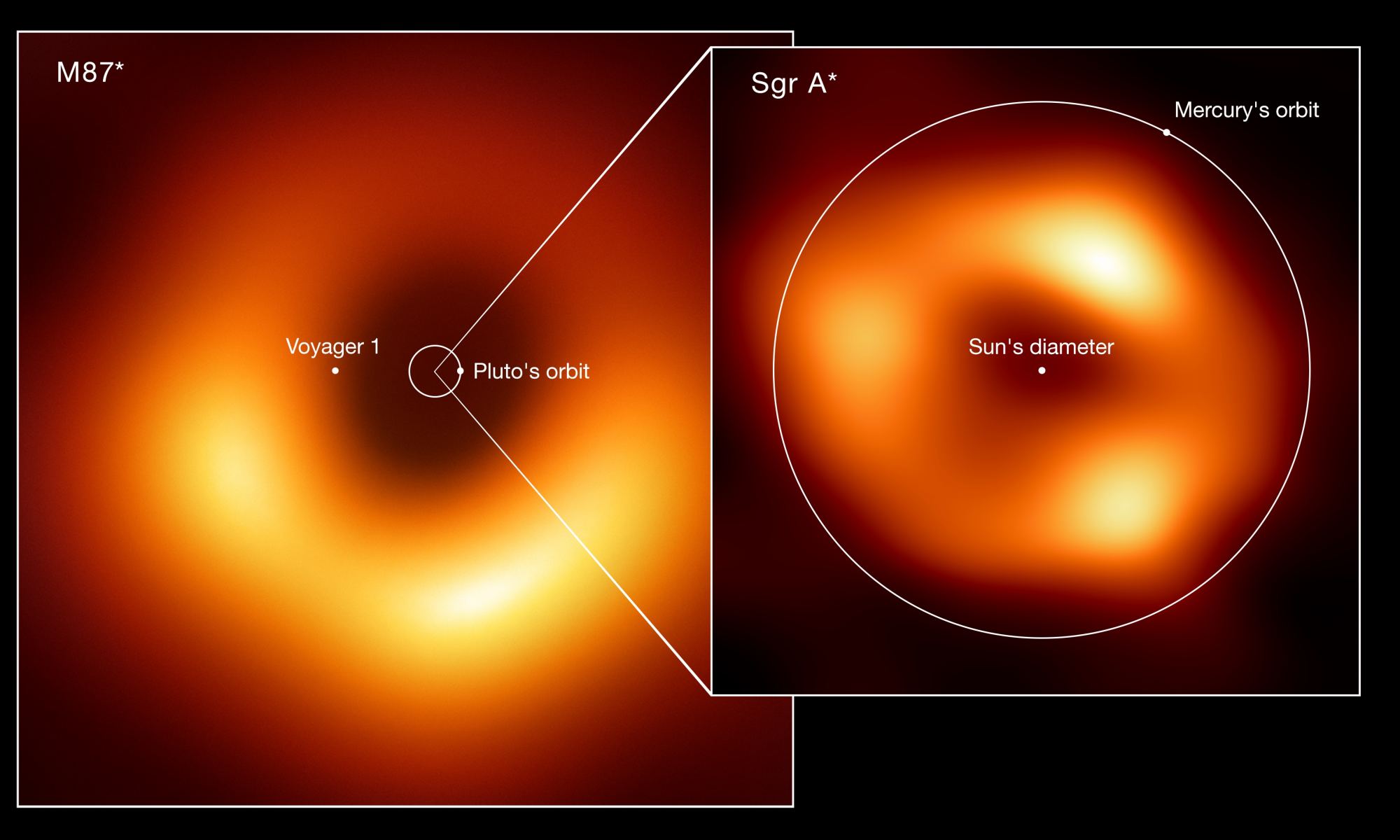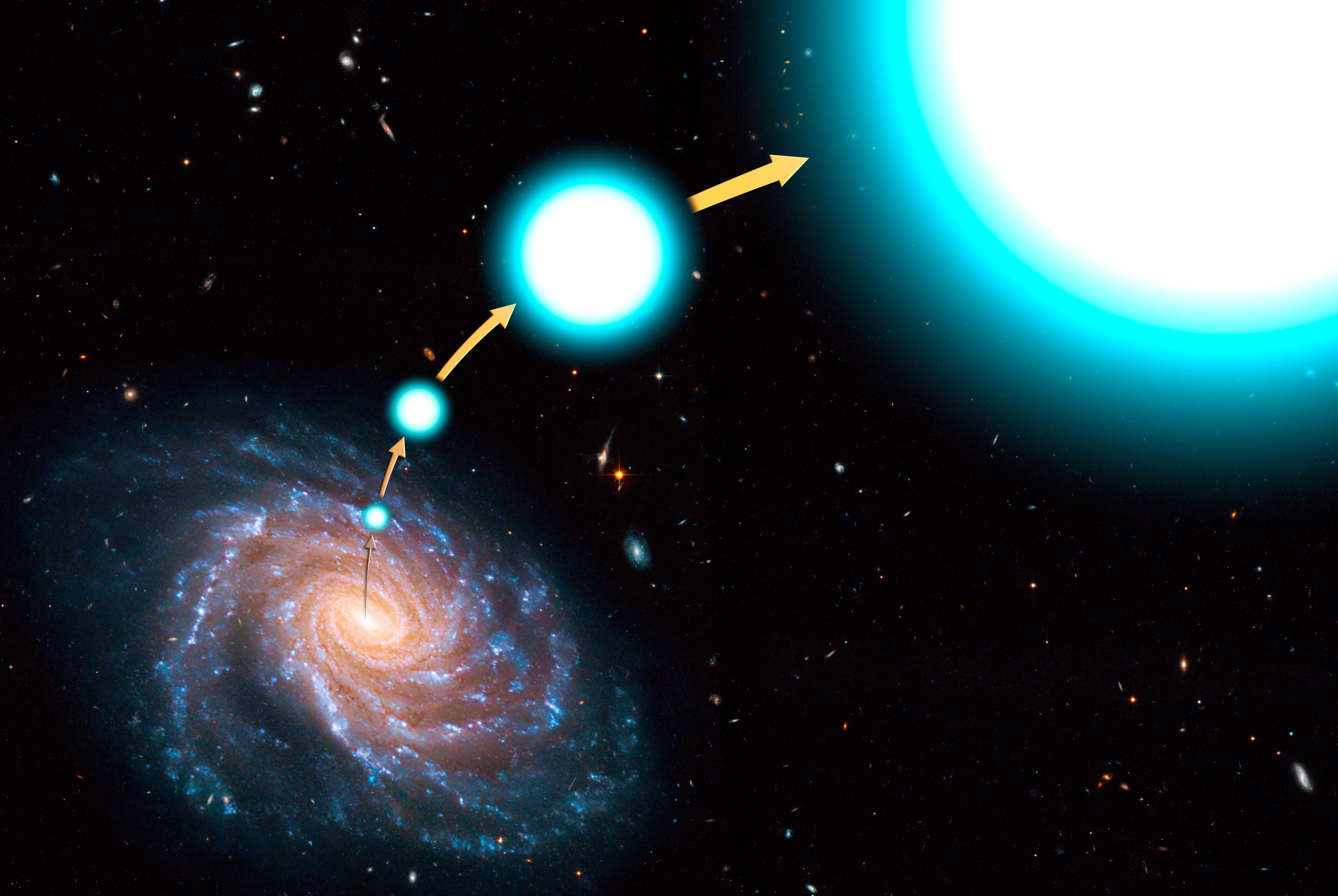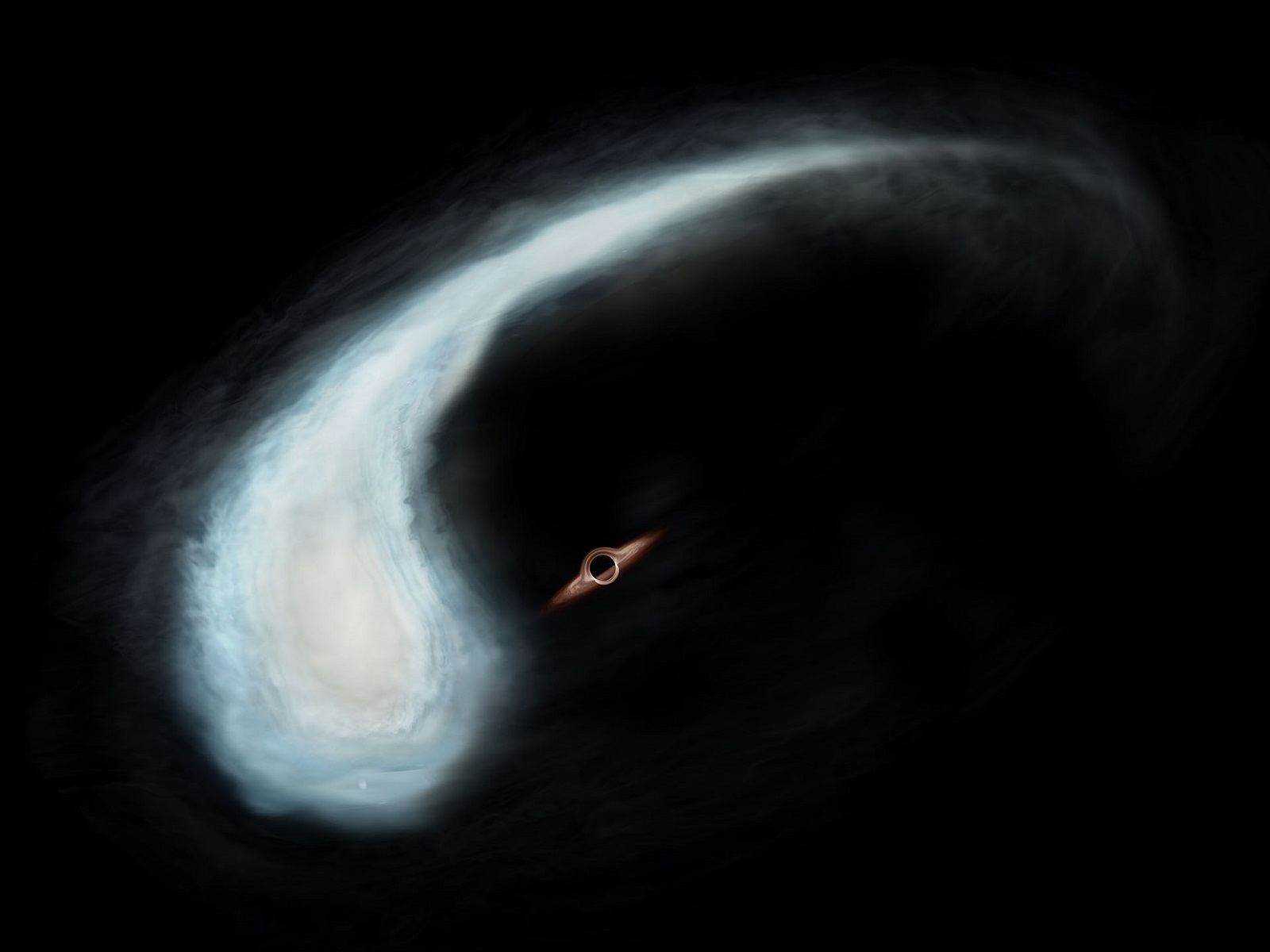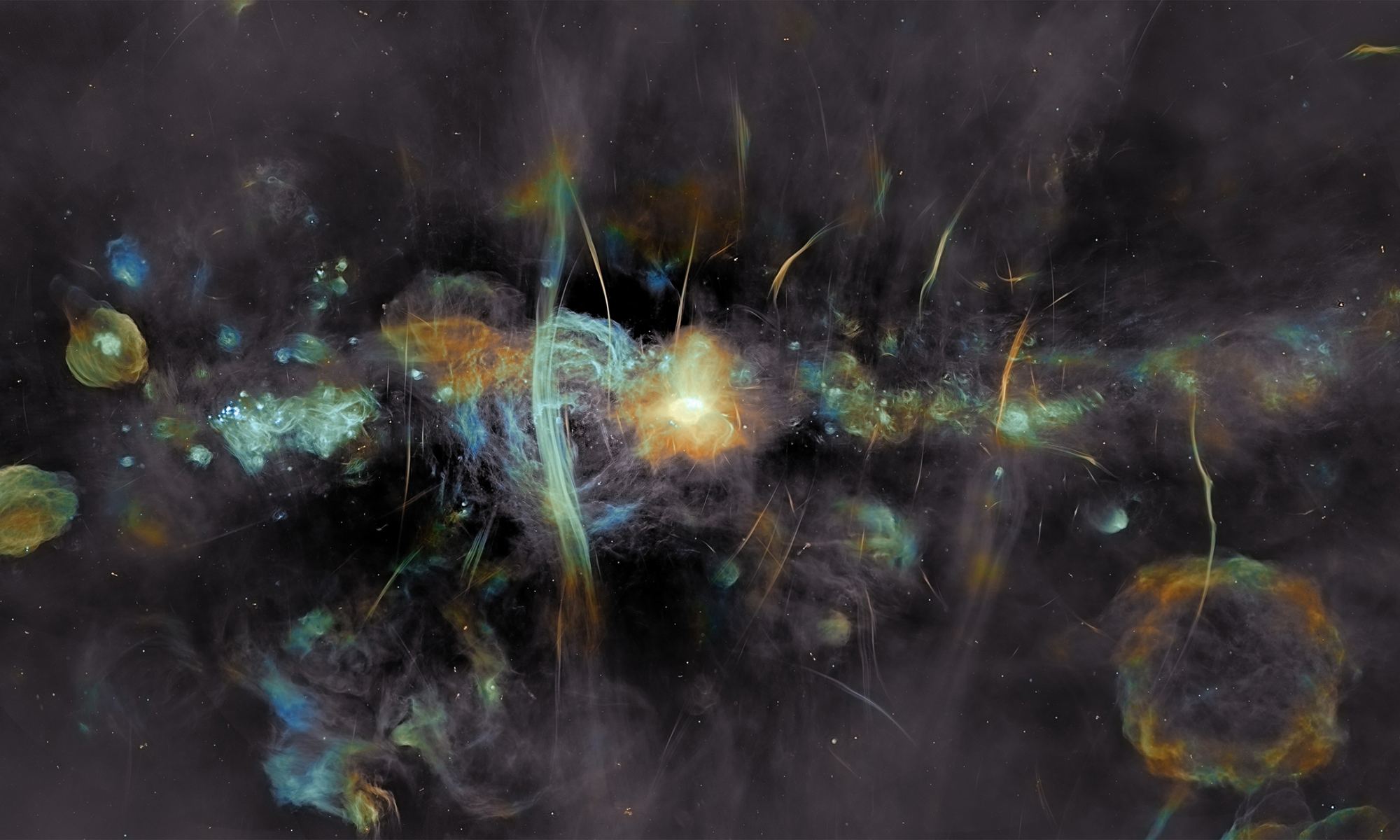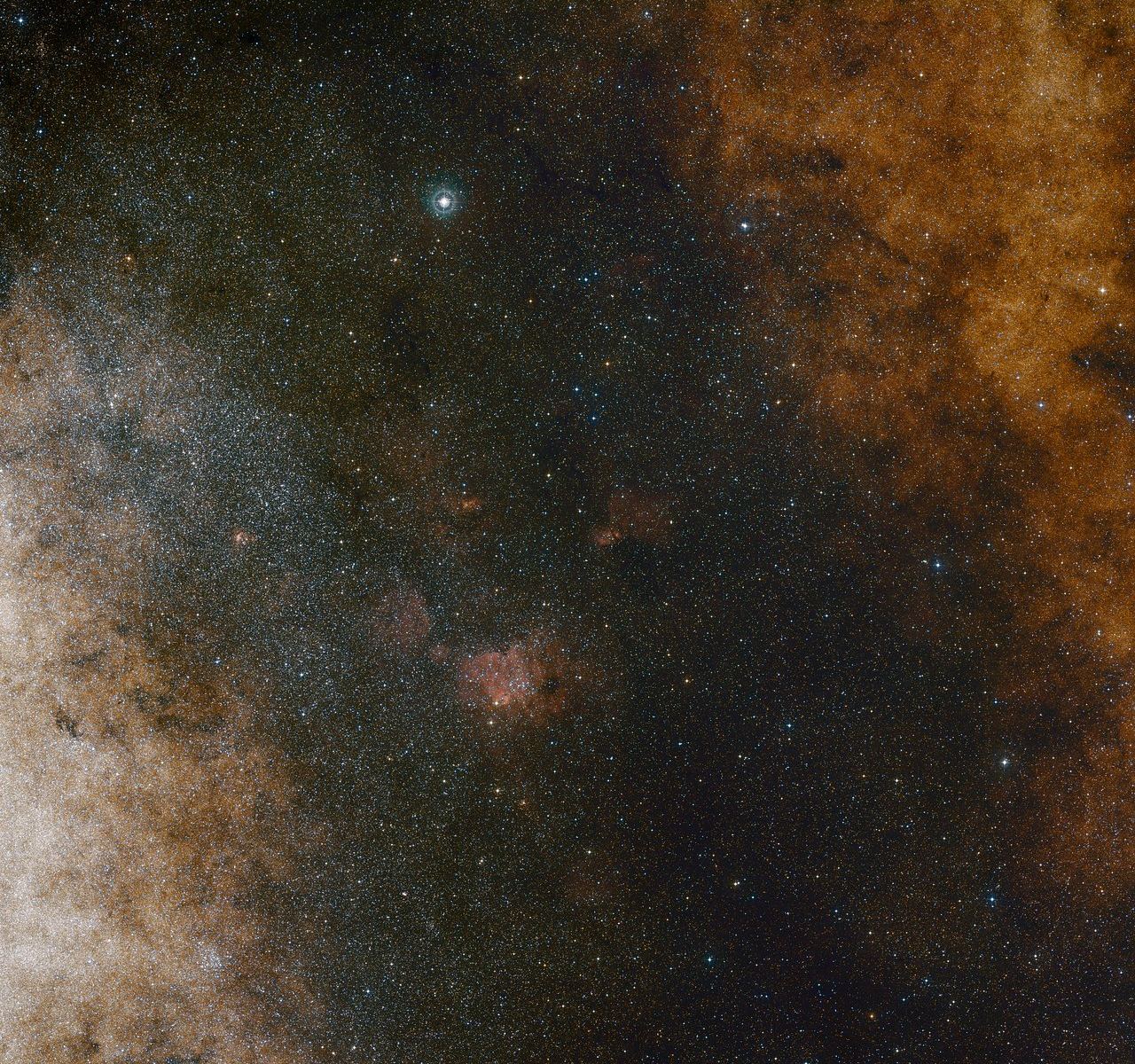Since the 1930s, physicists and radio engineer Karl Jansky reported discovering a persistent radio source coming from the center of our galaxy. This source came to be known as Sagittarius A* (Sgr A*), and by the 1970s, astronomers determined that it was a supermassive black hole (SMBH) roughly four million times the mass of our Sun. Since then, astronomers have used increasingly-advanced radio telescopes to study Sgr A* and its surrounding environment. This has led to many exotic discoveries, such as the many “Stars stars” and gaseous “G objects” that orbit it.
The study of these objects and how the powerful gravity of Sgr A* has allowed scientists to test the laws of physics under the most extreme conditions. In a recent study, an international team of researchers led by the University of Cologne made a startling discovery. Based on data collected by multiple observatories, they observed what appears to be a newly-formed star (X3a) in the vicinity of Sgr A*. This discovery raises significant questions about how young stellar objects (YSOs) can form and survive so close to an SMBH, where they should be torn apart by violent gravitational forces.
Continue reading “A Very Young Star is Forming Near the Milky Way's Supermassive Black Hole”
